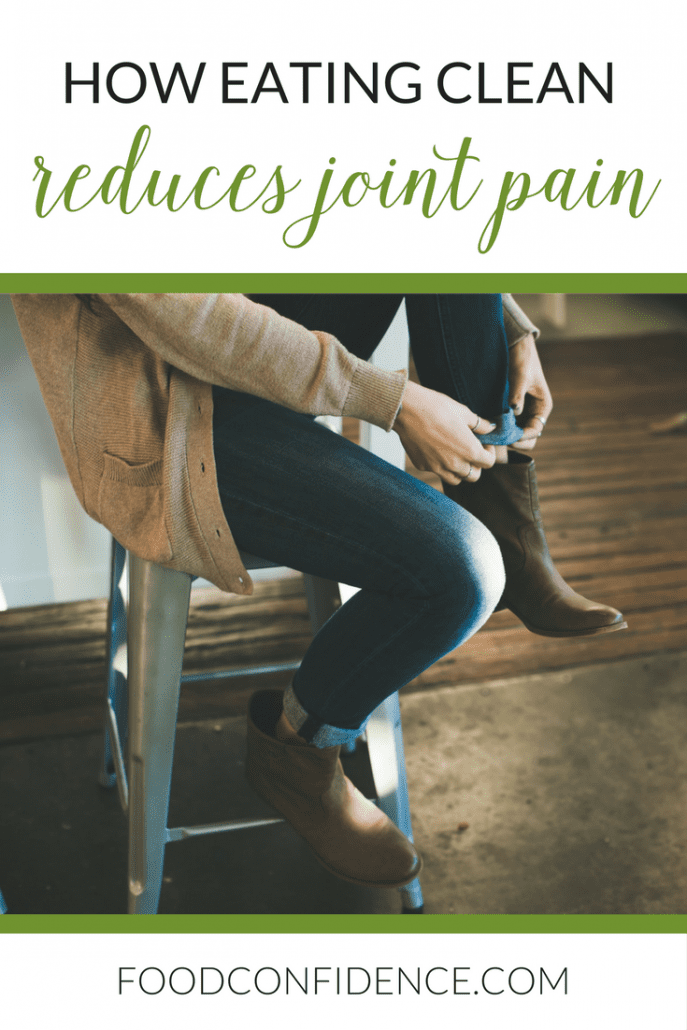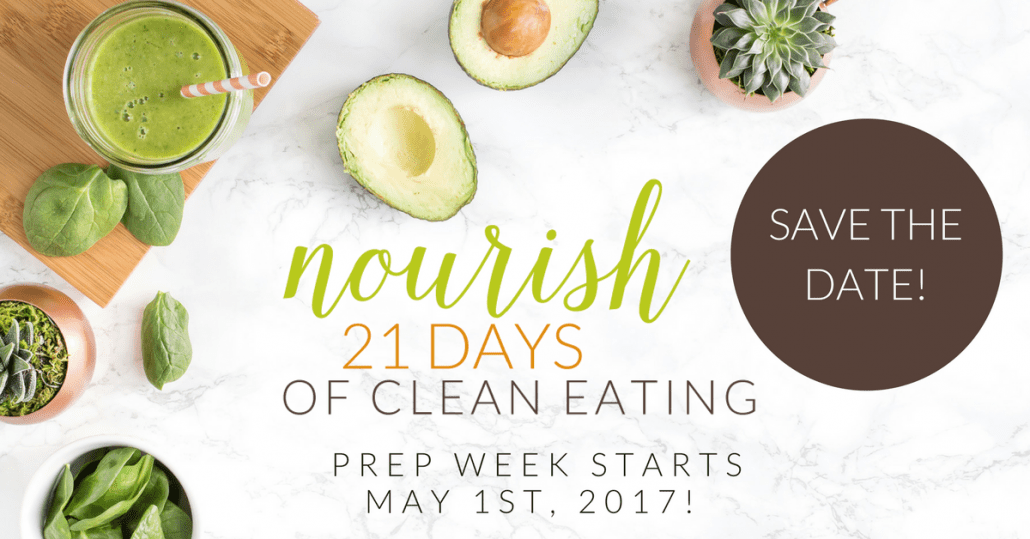 How Eating Clean Can Reduce Joint Pain
How Eating Clean Can Reduce Joint Pain
We’ve all been there – waking up to stiff joints and achy knees by the time you reach the top of the staircase. Joint pain is no joke – but did you know that how you eat can affect your joints?
Most people don’t make the connection between food and joint pain, but the pain you feel is a result of inflammation, a process in your body that is largely affected by your diet!
Reduced joint pain is actually the most frequently reported side effect of my Nourish program from participants. Why does this happen? Mostly because Nourish provides an opportunity to boost your diet with delicious anti-inflammatory foods.
What is Inflammation and How Does It Cause Joint Pain?
Inflammation is a defense mechanism triggered by damage to your tissues. When there’s something harmful in your body (like unwelcome bacteria, a virus, or any type of injury), your immune system signals an inflammatory response. That response includes an influx of fluid, proteins, and white blood cells, all of which provide damage control and work to remove the harmful substance or to repair tissue.
When the inflammatory response lasts only a few days (like when you scrape your knee or have a cold), that’s called acute inflammation, and it’s essential for speedy healing. However, when your body is constantly in an inflammatory state (not from injury or unwelcome substances) it’s called chronic inflammation, and it’s a major contributor to joint pain and nearly every chronic disease (heart disease, diabetes, obesity, etc.).
When you think of joint pain, you probably think of arthritis, and for good reason. Arthritis takes many forms and can affect people differently, but the common thread is joint inflammation. With arthritis, your body calls for an inflammatory response to your joints, even without any injury. That draws fluid and inflammatory cells into the joint, causing swelling in and around the area, which can stimulate nerves and cause pain, irritation and breakdown of the cartilage protecting your bones.
How Does Your Diet Cause Inflammation?
Now that we know how chronic inflammation plays a role in joint pain and chronic disease, let’s look at what role your diet plays. Some foods trigger the release of inflammatory messengers called cytokines, and other pro-inflammatory chemicals in the body. When your diet consists mostly of pro-inflammatory foods, your body is constantly signaling for an inflammatory response, which contributes to joint pain and other problems.
You might be thinking, is my diet full of pro-inflammatory foods? It’s definitely worth it to take a closer look. Does your diet consist of a lot of refined sugar and carbohydrates and unhealthy fats? How often do you eat candy, drink soda, consume white bread, or treat yourself to fast food? If you’re eating this way most of the time, your diet is a likely contributor to those daily aches and pains (along with a host of other health problems).
What Does an Anti-Inflammatory Diet Look Like?
If eating certain foods causes inflammation, you can bet there are foods that will help prevent or reduce it. Anti-inflammatory foods work in the exact opposite way of pro-inflammatory foods, by preventing the release of cytokines and inflammatory chemicals. The same way a generally unhealthy diet promotes inflammation, a healthy, balanced diet is your anti-inflammatory secret weapon.
My 21-Day Nourish Program is a great model for healthy, anti-inflammatory eating, as it includes a variety of fruits and vegetables, gluten free whole grains, plant-based proteins, omega 3 fish, and healthy fats.
Omega-3 fatty acids and monounsaturated fats are especially effective for reducing inflammation. Getting in plenty of avocados, nuts and seeds, and fatty fish are all great ideas.
Antioxidant-rich fruits and veggies are also anti-inflammatory superstars. A simple trick is to eat a variety of colors in your food. The more colors on your plate, the more variety of protective antioxidants and polyphenols you’re consuming.
Whole grains are important because they provide fiber, which slows down digestion to keep you full and also cuts back on inflammatory signaling.
During Nourish we also remove many of the chemicals found in processed and packaged food. We try to eat organic food whenever possible and avoid highly processed packaged foods, chemical sweeteners, artificial food dyes and colorings, preservatives, etc. I can’t say for sure whether this plays a role in how amazing people feel on the program, but I have a sneaking suspicion it has an effect.
If you’re thinking about trying an anti-inflammatory diet to help reduce joint pain, join us! The spring session of Nourish starts May 1. Click here to learn more!
[Tweet “Got joint pain? Get the scoop on how your diet can help reduce or eliminate it! #eatclean”]

